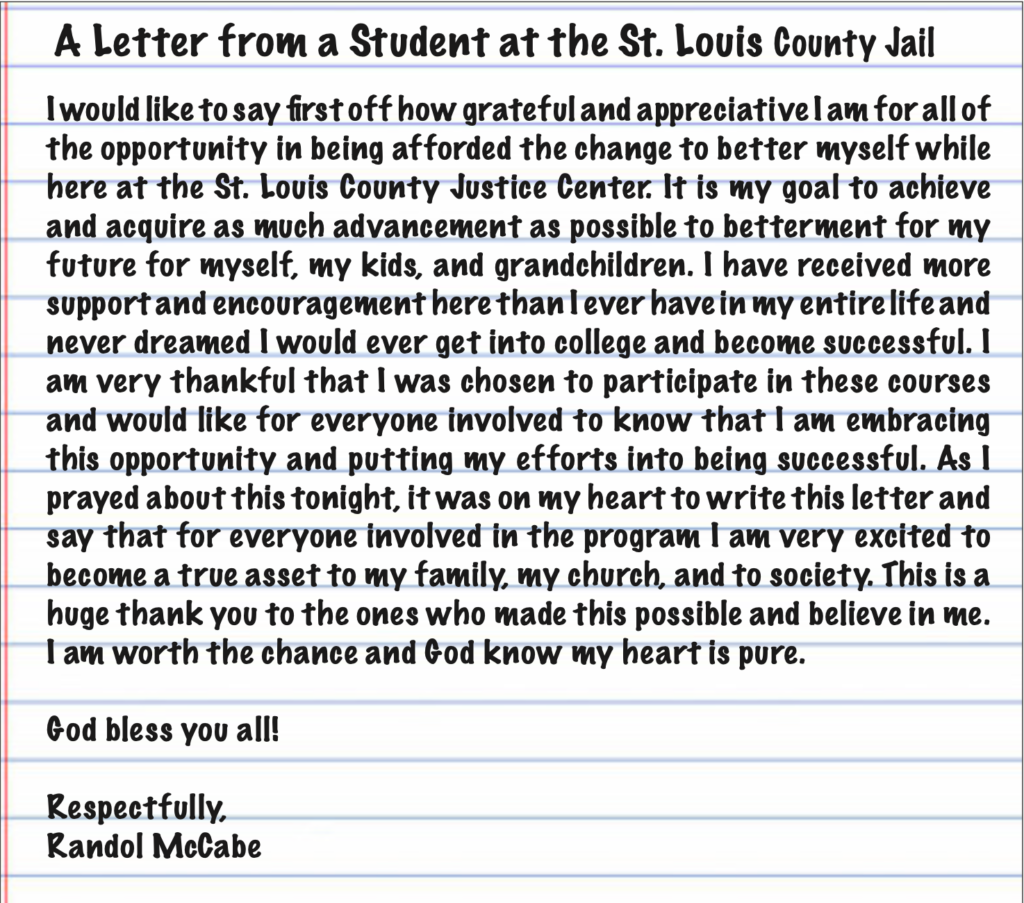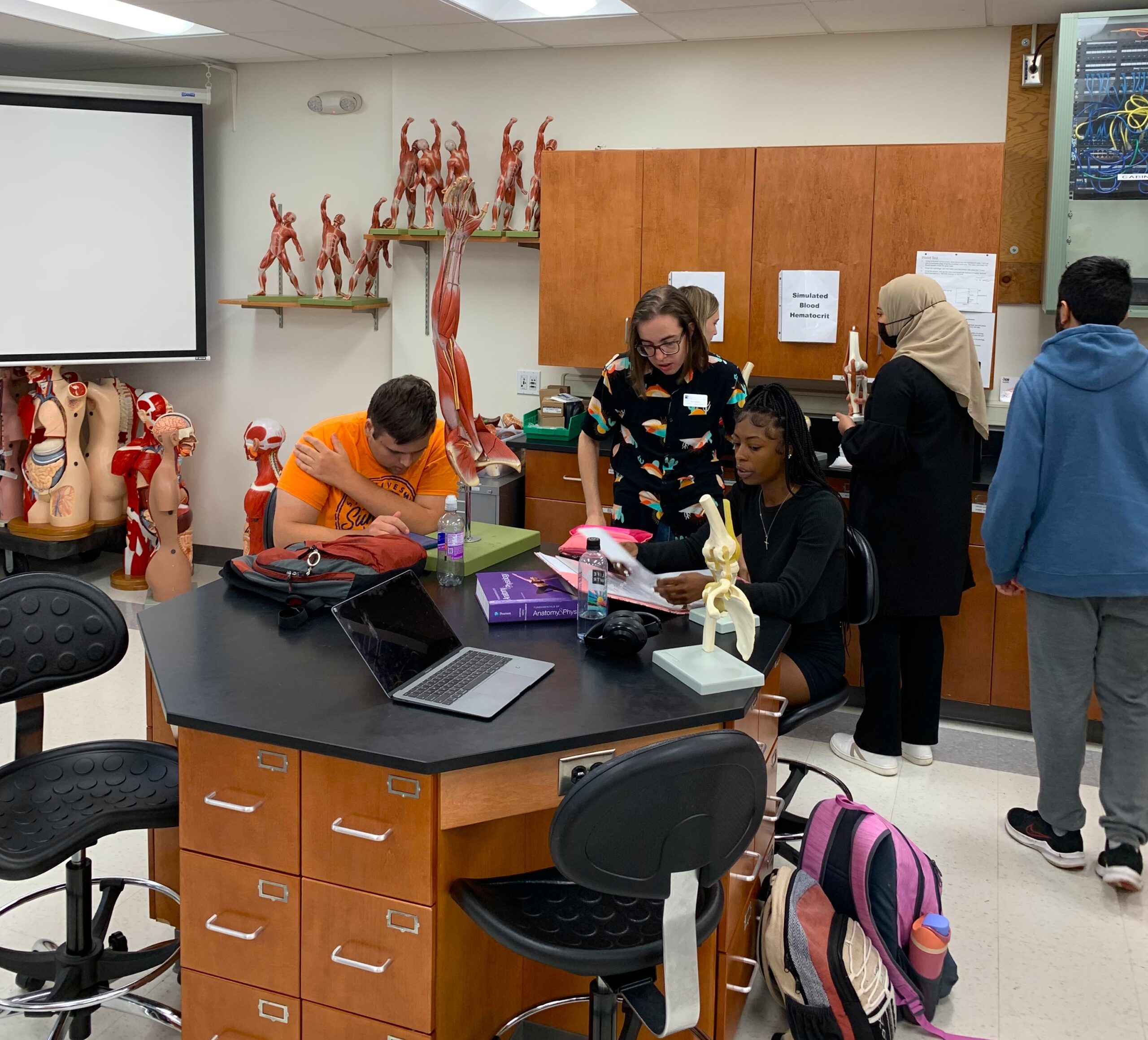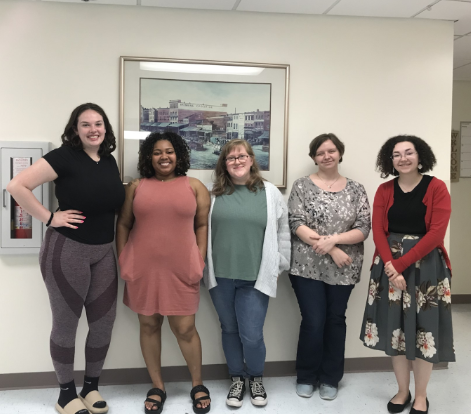STLCC’s new program supports St. Louis County Jail residents through college-credit courses.
BY: MORGAN DANIELS
Staff Writer

At the beginning of this year, STLCC and the St. Louis County jail partnered to provide college credit courses for jail residents through the Progress Attained through College Education (PACE) program. The initiative strives to expand St. Louis Community College’s commitment to “empower students, expand minds, and change lives” to the jail population. The program started its first eight-week semester in January, offering ten residents two in-person courses in History 101 and Reading 079 or 100. The college decided to start students with a civics course because of Missouri’s civics requirement. They then paired history with reading to provide the foundational college-level skills and techniques students need to continue their education. The program currently has seventeen students enrolled. Following the first semester, students could choose from additional courses, including English 101. This summer will mark the beginning of the third cohort, and STLCC will provide two new classes for students in communications and philosophy. By the fall, the college expects to offer even more options as more teachers participate in the program.
The PACE program is committed to reducing jail recidivism rates by providing college education to jail residents. In a conversation with Florissant Valley Campus President Dr. Elizabeth Perkins, her decision to become a facilitator originated from her passion for educating justice-system-involved individuals. Dr. Perkins heard about the program through a colleague and knew she wanted to participate in an initiative that strives to meet the community’s needs. Dr. Perkins and other STLCC faculty are committed to the learning happening within the County Justice Center. They were eager to conduct welcome sessions before the start of the program to develop personal connections with the students. When visiting the center, Dr. Perkins said she is intentional about letting the residents know they have a community there for them. “I like them to know who I am too and tell them that everyone at the college, from the chancellor on down, is supportive of the work they’re doing,” she said. In a comment about why the PACE program means so much to her and the college, she said, “If you tell somebody: ‘You are a college student. You are college material. You are going to be successful. You are going to have an associate degree, and then you will have a career. Then you will be able to take care of your family and uplift your community.’ A lot of folks don’t get to hear that. It’s all about changing the full mindset.”
Unlike other colleges and universities focusing their college credit opportunities on the prison system, PACE is available to the underserved jail population. Since jails are short-term situations with residents who have yet to face conviction of a crime, the community receives less attention. Even though many jail residents typically stay for a few months, STLCC wanted to provide college credit programs outside of the Justice Center’s traditional HiSET exam prep and training programs. In a statement shared by Forest Park Campus President Dr. Julie Fickas, “There is very little ability to fund individuals who are incarcerated but not convicted of a crime. This was one of the challenges that we have faced as we have worked to set this program up.” In Dr. Perkins’s experience with the program, she mentioned that, at first, it was difficult to anticipate the needs of the justice system residents. STLCC wasn’t aware of the technology shortage at the center but could adapt quickly and provide more computers.
To effectively implement the PACE program, STLCC had to ensure they could provide as much support to the jail residents as possible. The administration works closely with the Department of Affairs, the registrar’s office, student services, and faculty to provide an impactful experience. Like traditional STLCC students, jail residents can access academic success and tutoring centers. Tutors visit the jail weekly, providing study and tutoring sessions to participating residents. Students in the program also use the same software as STLCC students, including Canvas and Banner Self-Service, to track their progress.
Equally significant to the program are the teachers involved. The passion and dedication of STLCC’s participating professors are integral to the program’s success. Dr. Perkins shared, “We could never do this program if we didn’t have this faculty who were not just willing, but eager and enthusiastic to provide education in the Justice Services building.” History teacher Jamie Christy was among the first teachers to volunteer as a program professor, teaching History 101 to the first cohort of students. In an interview with the St. Louis County Department’s Deputy Chief of Communications, Elizabeth Eisele, Professor Christy shared her experience. When describing her cohort, she said, “They’re very dedicated and almost perfectionist to a fault…I had one student turn in three versions of an assignment. An example of them really wanting to do their best.” When asked about how she perceives her impact on teaching history to the residents, Professor Christy said, “On an individual level, it is giving a lot of hope to people who have perhaps not felt a lot of hope. It is transporting them back in time through history so that they have something to think about—something to strive for. There could be a lot of negativity, so why not replace it with gaining knowledge and some positivity.”
The PACE program exemplifies STLCC’s commitment to sharing its quality faculty and educational resources with underserved communities. In reflection of the program’s current progress, Dr. Fickas shared, “I think it is important for our community to understand that by supporting programs such as this through our tax dollars, etc., we hope that we can help reduce recidivism and make our community safer with far fewer people incarcerated.”
PACE meets jail residents where they are, and, as Dr. Perkins puts it, “PACE is what it is. It is about making progress and the credits that they earn.” Having the support of the STLCC community means a lot not only to participating faculty and administration but also to the jail residents. In a letter to those involved in the program, jail resident Randol McCabe shared his appreciation. To him, pursuing a higher education offers him a brighter future—a future where he can provide for his family, church, and community.












